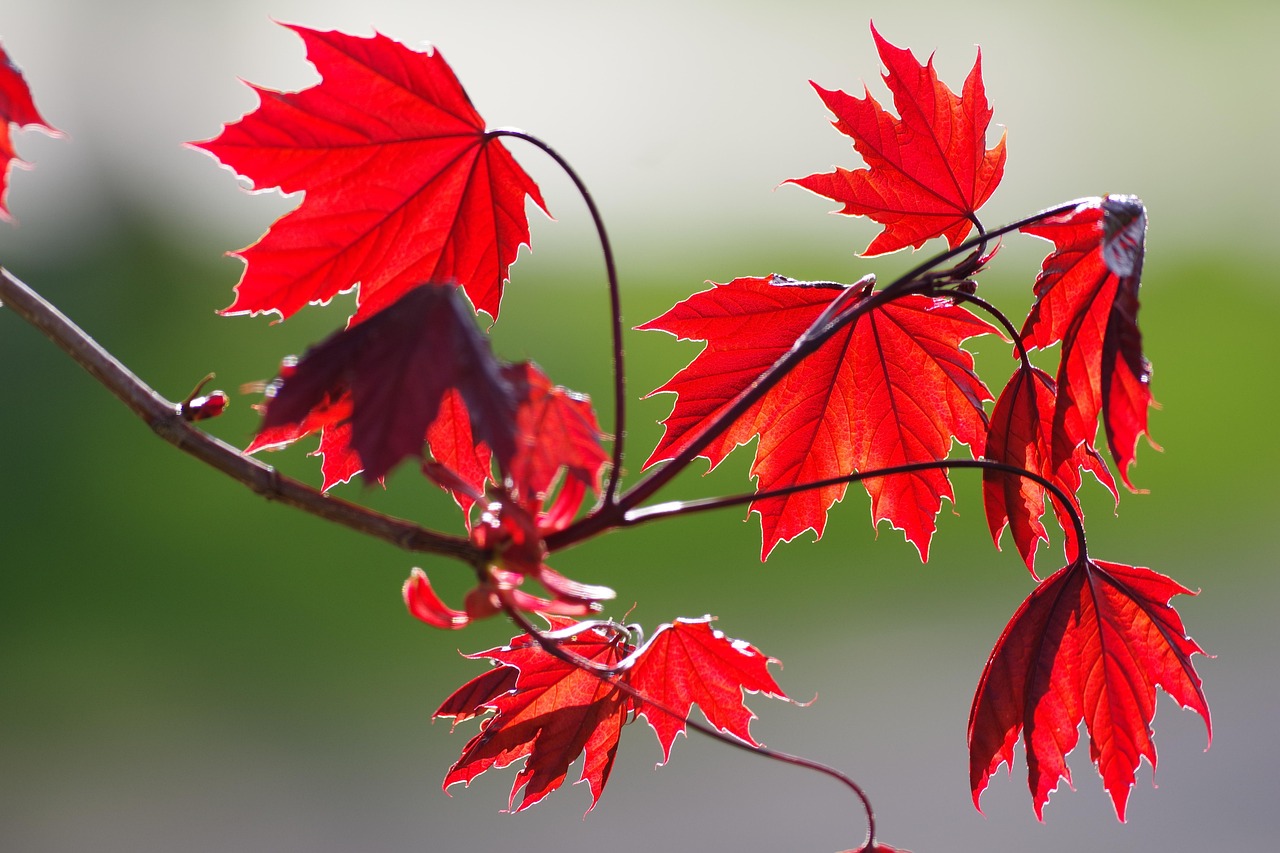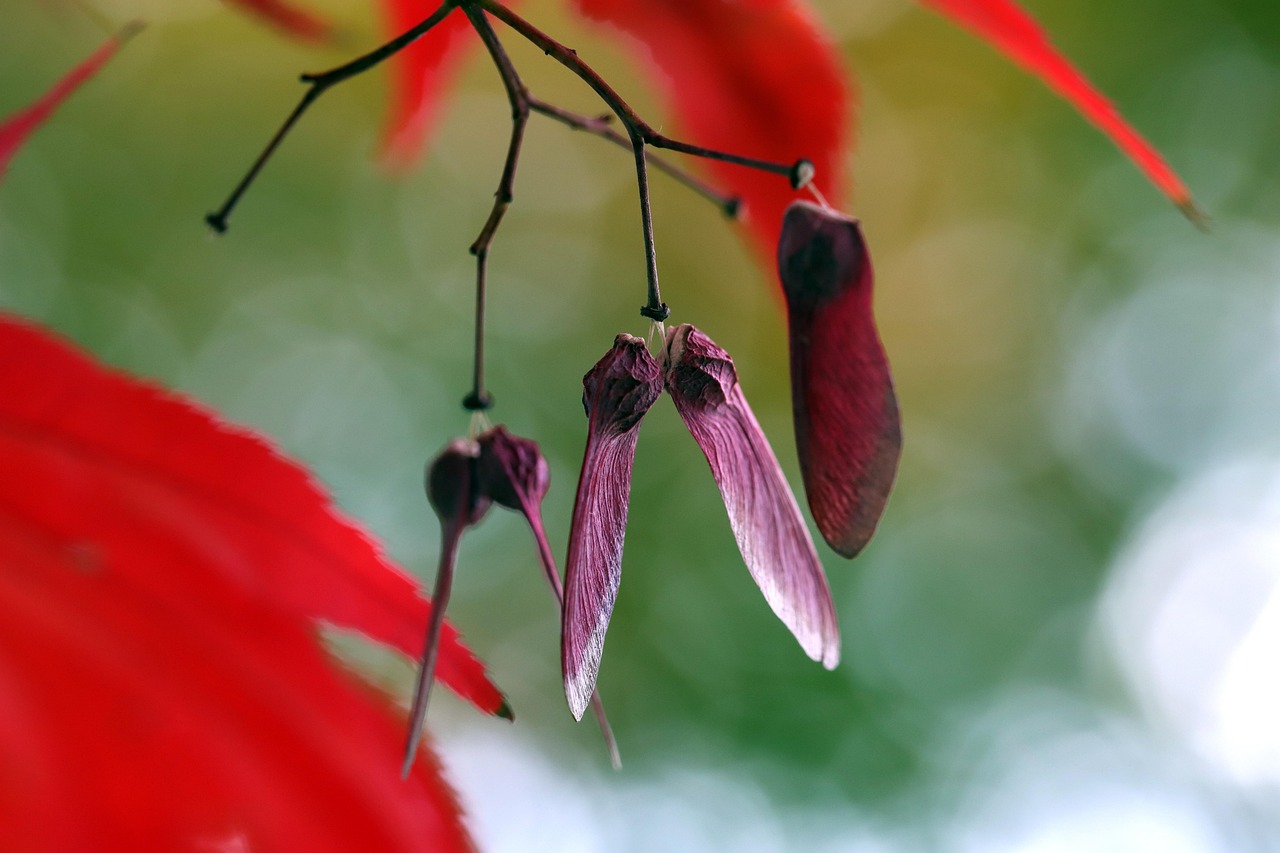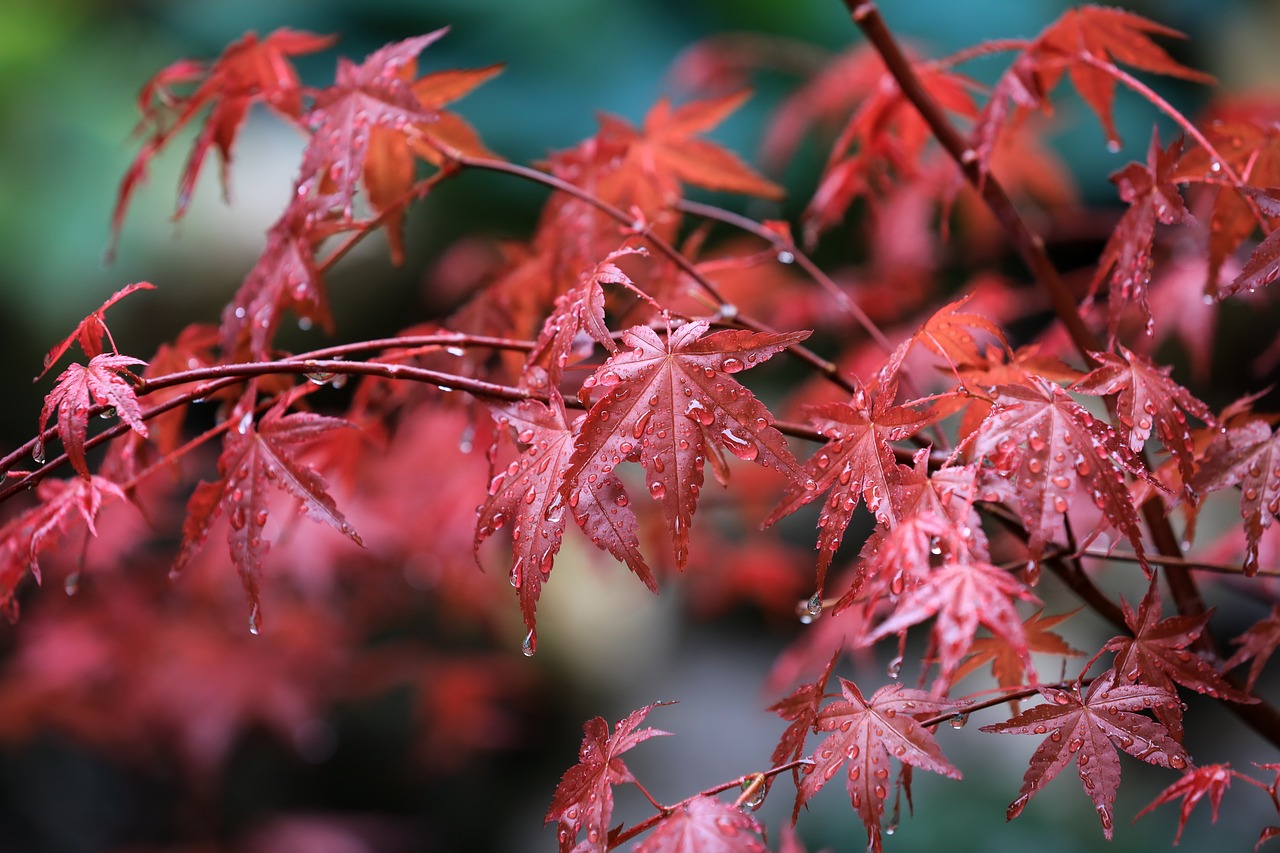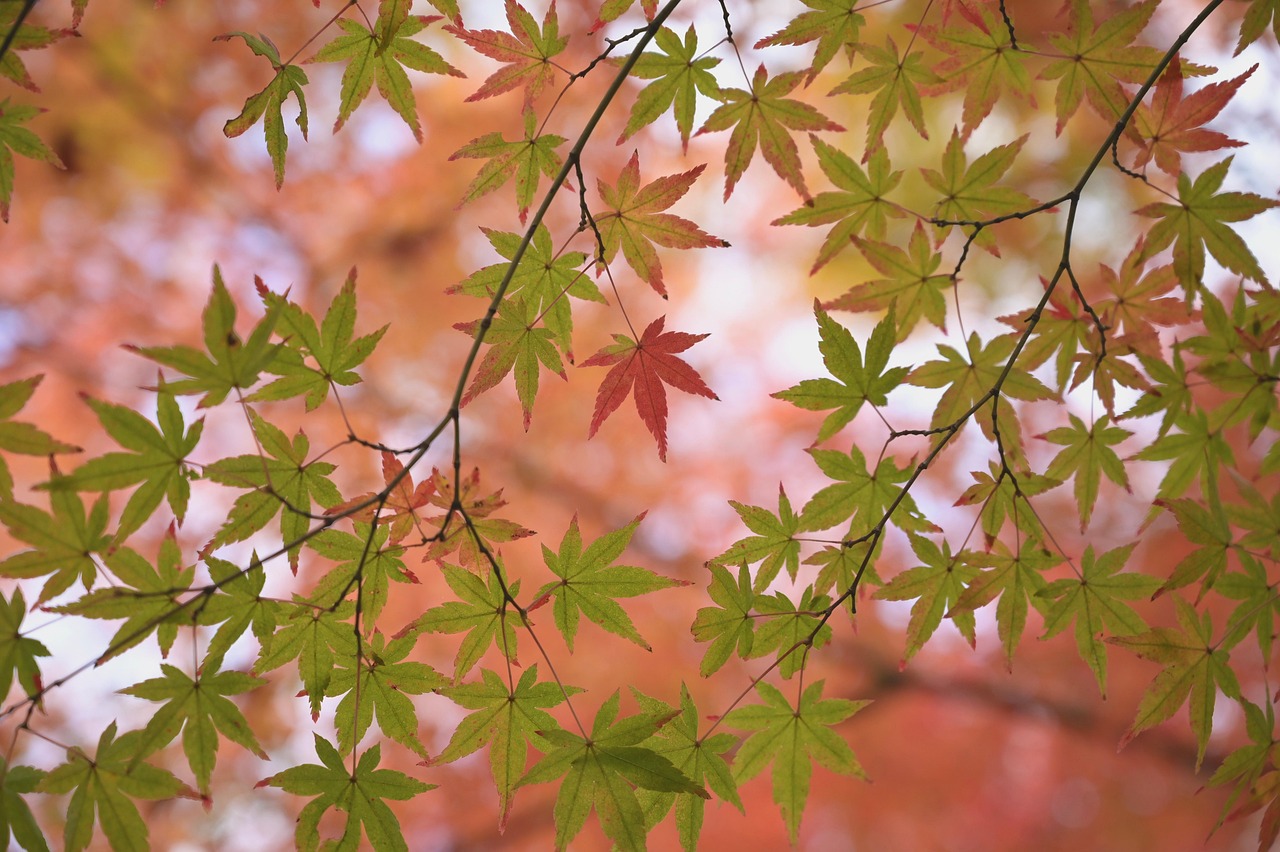Red maple is a decent choice for firewood. It burns well and produces a moderate amount of heat. While it is not the top-tier firewood, it can be a good option for those looking for an affordable and readily available wood source.
Understanding Red Maple as Firewood

Red maple, scientifically known as Acer rubrum, is a common tree species found across North America. Known for its vibrant fall foliage and adaptability to various soil types, red maple also serves as a practical source of firewood. This wood type is often overlooked in favor of denser hardwoods like oak or hickory. However, it possesses unique properties that can make it suitable for burning.
When considering firewood, several factors come into play, including heat output, burn time, and ease of splitting. Red maple falls into the mid-range category for these characteristics. Understanding how red maple compares to other wood types can help you make informed decisions when selecting firewood for your home or campfire.
Heat Output and Efficiency
The heat output of firewood is measured in British thermal units (BTUs). Red maple offers a decent BTU rating, making it a viable option for heating. The average BTU value for red maple is approximately 20 million BTUs per cord when properly seasoned. For comparison, here are some common firewood types and their respective BTU ratings:
| Wood Type | BTUs per Cord |
|---|---|
| Red Maple | 20 million |
| Oak | 24-30 million |
| Hickory | 25-30 million |
| Pine | 15-20 million |
While red maple does not match the heat output of denser hardwoods like oak or hickory, its efficiency is still commendable. This wood can provide sufficient warmth for residential heating and cooking needs when seasoned correctly.
Burn Time and Ash Production
Another important factor to consider is burn time. Red maple tends to burn relatively quickly compared to denser hardwoods. The wood ignites easily and produces a steady flame, but it may require more frequent refueling in a fireplace or wood stove. On average, red maple provides a burn time of about 1.5 to 2 hours per log.
Additionally, the ash production from red maple is moderate. A lower ash content makes cleanup easier, which is an advantage for many users. The ashes produced can also be beneficial for gardening, as they contain potassium and can improve soil quality.
Splitting and Handling
When it comes to splitting red maple, the wood is generally easy to work with. It has a moderate density that allows for straightforward splitting with a standard axe or log splitter. This ease of handling makes red maple a popular choice for firewood among those who prefer to process their own wood.
Proper seasoning is essential to maximize the quality of red maple firewood. Seasoning refers to the drying process that occurs after cutting the wood. Well-seasoned red maple will have a moisture content below 20%, which allows it to burn more efficiently and produce more heat. Freshly cut red maple can take anywhere from six months to a year to season properly, depending on environmental conditions.
Storage Considerations
Storing red maple correctly is crucial to maintaining its quality as firewood. Here are some tips for optimal storage:
- Store wood in a dry, well-ventilated area to prevent moisture buildup.
- Stack the wood off the ground using pallets or similar materials to enhance airflow.
- Cover the top of the stack with a tarp or wood cover, leaving the sides open for ventilation.
Following these storage practices will help ensure your red maple firewood remains dry and ready for use when needed.
A Final Note on Red Maple
In summary, while red maple may not be the top choice for all firewood enthusiasts, its decent heat output, moderate burn time, and ease of handling make it a practical option for many. Whether you’re using it for home heating or casual outdoor fires, understanding its characteristics will help you appreciate this versatile wood type.
Advantages of Using Red Maple for Firewood
Red maple firewood offers several advantages that make it a favorable option for many woodburners. Understanding these benefits can help you determine if red maple is suitable for your specific needs. Here are some key advantages:
- Availability: Red maple trees are widespread across North America, making them easy to find and harvest.
- Cost-Effectiveness: Due to their abundance, red maple logs are often less expensive than more sought-after hardwoods.
- Low Smoke Production: When properly seasoned, red maple produces less smoke compared to some other wood types, making it a cleaner burning option.
- Less Creosote Build-Up: The lower smoke output also results in reduced creosote build-up in chimneys, which can enhance safety.
Seasoning Red Maple Firewood
Proper seasoning is essential for maximizing the burning qualities of red maple firewood. Seasoning wood involves drying it out after cutting, which improves its combustibility and reduces smoke production. Here are the key steps in the seasoning process:
- Cutting: Cut the wood into appropriate lengths for your fireplace or stove, typically 16 inches.
- Splitting: Split the logs to increase surface area, which allows moisture to escape more quickly.
- Stacking: Stack the split wood in a single row to promote airflow. Avoid stacking too high to prevent the top logs from trapping moisture.
- Covering: Cover the top of the stack with a tarp to shield it from rain and snow while leaving the sides open for ventilation.
Following these steps will ensure that your red maple firewood is well-seasoned and ready for burning within six months to a year, depending on environmental conditions.
Comparing Red Maple to Other Firewood Options
To make an informed decision about using red maple as firewood, it is helpful to compare it with other popular wood types. Each type of firewood has its own unique characteristics that can affect your choice. Below is a comparison chart that highlights key aspects of red maple alongside other common firewood types:
| Wood Type | BTUs per Cord | Burn Time | Ease of Splitting | Smoke Production |
|---|---|---|---|---|
| Red Maple | 20 million | 1.5-2 hours | Easy | Low |
| Oak | 24-30 million | 2-3 hours | Moderate | Moderate |
| Pine | 15-20 million | 1-1.5 hours | Easy | High |
| Birch | 20-25 million | 2-3 hours | Easy | Moderate |
This comparison shows that while red maple does not have the highest BTU rating or burn time, it stands out for its ease of splitting and low smoke production. These features can be particularly appealing for casual users or those who prioritize a cleaner burn.
Tips for Burning Red Maple Firewood
If you decide to use red maple as firewood, here are some tips to enhance your burning experience:
- Always Use Seasoned Wood: Make sure the wood has been properly seasoned to ensure optimal burning efficiency.
- Avoid Burning Green Wood: Burning unseasoned wood can lead to excessive smoke and creosote buildup in your chimney.
- Mingle with Other Woods: For longer burn times and higher heat output, consider mixing red maple with denser hardwoods like oak or hickory.
- Maintain Airflow: Ensure that your fireplace or stove has adequate airflow for the best combustion and heat production.
By following these tips, you can maximize the efficiency and effectiveness of red maple firewood in your home heating or recreational fires.
The Environmental Impact of Burning Red Maple
The environmental impact of using red maple firewood is another crucial consideration. Wood burning can release carbon dioxide and other pollutants into the atmosphere. However, there are some positives associated with using red maple as firewood:
- Sustainable Resource: Red maple is a renewable resource when harvested responsibly. Planting new trees ensures a continuous supply.
- Carbon Neutrality: When burned, wood releases carbon dioxide that trees absorb during their growth, making it a carbon-neutral energy source over time.
- Improved Air Quality: Well-seasoned red maple produces less smoke and particulates, contributing to better air quality compared to burning lower-quality woods.
Using red maple responsibly can contribute positively to both local ecosystems and broader environmental efforts while providing warmth and comfort in your home.

Common Uses of Red Maple Firewood
Red maple is not just a reliable source of firewood; it also has various applications beyond simply heating. Understanding these uses can help homeowners and wood enthusiasts appreciate the versatility of this wood type. Here are some common uses for red maple firewood:
1. Heating Homes
The primary use of red maple firewood is for heating residential spaces. Its adequate heat output makes it a practical choice for wood stoves, fireplaces, and outdoor fire pits. Homeowners can rely on red maple to provide warmth during cold months, especially when mixed with other hardwoods for better heat retention.
2. Campfires and Recreational Use
Red maple is popular for campfires and outdoor gatherings. Its ease of splitting and relatively low smoke production make it enjoyable for cooking and providing ambiance. When camping, many people choose red maple for its pleasant aroma and moderate flame, which enhances the outdoor experience.
3. Woodworking and Crafting
In addition to being used as firewood, red maple is also valued in woodworking. It can be crafted into furniture, cabinetry, and decorative items due to its attractive grain and color. Here are some common woodworking applications:
- Furniture: Red maple is often used to create sturdy and aesthetically pleasing furniture pieces.
- Cabinetry: Its durability makes it suitable for kitchen cabinets and other storage solutions.
- Flooring: Red maple wood floors are sought after for their beauty and strength.
4. Smoking and Grilling
Many grill masters and chefs use red maple wood for smoking meats and vegetables. The wood imparts a mild, sweet flavor that complements various dishes. When using red maple for smoking, it is essential to follow these tips:
- Use Seasoned Wood: Always use well-seasoned red maple wood for smoking to ensure a clean burn and better flavor.
- Combine with Other Woods: To enhance the flavor profile, consider mixing red maple with other woods like hickory or cherry.
- Control Temperature: Maintain a consistent temperature while smoking to achieve the best cooking results.
Potential Drawbacks of Red Maple Firewood
While red maple has many benefits, it is essential to recognize its potential drawbacks. Understanding these limitations can help users make informed decisions about their firewood choices.
1. Lower Heat Output Compared to Denser Hardwoods
One of the main drawbacks of red maple is its lower heat output compared to denser hardwoods like oak or hickory. While it can provide sufficient warmth, users may need to burn more wood or mix it with higher-BTU woods to achieve desired temperatures in larger spaces.
2. Shorter Burn Time
Red maple typically burns faster than denser hardwoods. This means that users may need to add logs to their fire more frequently, which can be less convenient for those looking for a long-lasting flame during cold nights.
3. Moisture Absorption
Red maple can absorb moisture from the environment more readily than other wood types. This trait can lead to challenges in seasoning, especially in humid climates. Therefore, it is crucial to store wood in a dry location to ensure it remains ready for burning.
Preparing Red Maple Firewood for Burning

Proper preparation of red maple firewood is vital to ensure safety and efficiency during burning. Here are some steps to consider when preparing your red maple logs:
1. Cutting Logs
Cut logs into manageable lengths based on your stove or fireplace requirements. Generally, 16 inches is a suitable length that fits most standard appliances.
2. Splitting Firewood
Splitting logs helps them dry faster and makes them easier to burn. Use a splitting axe or wedge for larger logs, aiming for pieces that are no thicker than 6 inches in diameter.
3. Stacking Firewood
Stack your split firewood in a way that promotes air circulation. Here are some stacking techniques:
- Single Row Stacking: Stack the firewood in a single row rather than piling it high.
- Pallets: Use pallets or platforms to elevate the wood off the ground, allowing airflow from below.
- Covers: Use a tarp or cover only on top of the stack to protect against rain while allowing airflow on the sides.
4. Monitoring Moisture Content
A moisture meter can be a valuable tool for checking the moisture content of your firewood. Aim for a moisture level below 20% for optimal burning performance. If your red maple logs exceed this level, allow them additional time to season before use.
Health and Safety Considerations
While using red maple firewood can be enjoyable, there are health and safety considerations to keep in mind when burning any type of wood:
- Carbon Monoxide Risk: Ensure proper ventilation when burning wood indoors to prevent carbon monoxide buildup.
- Sparks and Embers: Use a fireplace screen or spark guard to prevent sparks from escaping into your home.
- Cremation of Treated Wood: Avoid burning treated or painted wood, as this can release harmful chemicals into the air.
By following safety precautions and understanding the characteristics of red maple firewood, you can enjoy its benefits while minimizing risks associated with wood burning.
Additional Tips for Maximizing Firewood Quality

In addition to the considerations previously discussed, there are several practices that can enhance your experience with red maple firewood. By implementing these tips, you can ensure a more enjoyable and efficient burning process.
Proper Fire Management
Managing the fire effectively is crucial for getting the most out of your red maple firewood. Here are some strategies to consider:
- Start with Kindling: Begin your fire with smaller pieces of kindling to establish a good base. Use dry twigs or small sticks to ignite the larger red maple logs.
- Build a Good Structure: Create a teepee or log cabin structure with your wood. This arrangement promotes airflow and helps the fire burn more evenly.
- Control Airflow: Adjust the air vents on your stove or fireplace to manage the flame intensity. More airflow can increase the burn rate, while reducing it will prolong your fire.
Maintenance of Your Fireplace or Stove
Regular maintenance of your fireplace or wood stove is essential for safety and efficiency when burning red maple or any other type of firewood. Here are key maintenance tasks to consider:
- Chimney Cleaning: Schedule regular chimney inspections and cleanings to prevent creosote buildup, which can pose a fire hazard.
- Check Seals and Gaskets: Ensure that all seals and gaskets on your stove or fireplace are intact. This prevents smoke from entering your home and improves combustion efficiency.
- Inspect the Firebox: Regularly check the firebox for any cracks or damage. A damaged firebox can lead to unsafe burning conditions.
Choosing the Right Accessories
The right accessories can enhance your wood-burning experience. Consider investing in the following items:
- Firewood Rack: A sturdy rack keeps your firewood organized and off the ground, promoting airflow and preventing moisture absorption.
- Log Splitter: If you are processing a large amount of wood, a log splitter can save you time and effort compared to manual splitting.
- Fireplace Tools: A set of fireplace tools (poker, tongs, shovel) can make managing your fire more convenient and safe.
Final Thoughts
In summary, red maple offers an intriguing blend of qualities that make it suitable for various uses beyond just being a source of heat. Its availability, cost-effectiveness, and relatively low environmental impact make it an appealing choice for many woodburners. Although it has some drawbacks, such as shorter burn time and lower heat output compared to denser hardwoods, its benefits can outweigh these limitations when managed properly.
Whether you are using red maple for heating your home, enjoying a cozy campfire, or engaging in woodworking projects, understanding its characteristics and proper handling techniques can enhance your overall experience. By focusing on seasoning, storage, fire management, and maintenance, you can maximize the quality and efficiency of red maple firewood.
Ultimately, incorporating red maple into your wood-burning practices can provide warmth and enjoyment while supporting sustainable forestry practices. As with any firewood type, being informed will help you make the best decisions for your unique needs and preferences.
